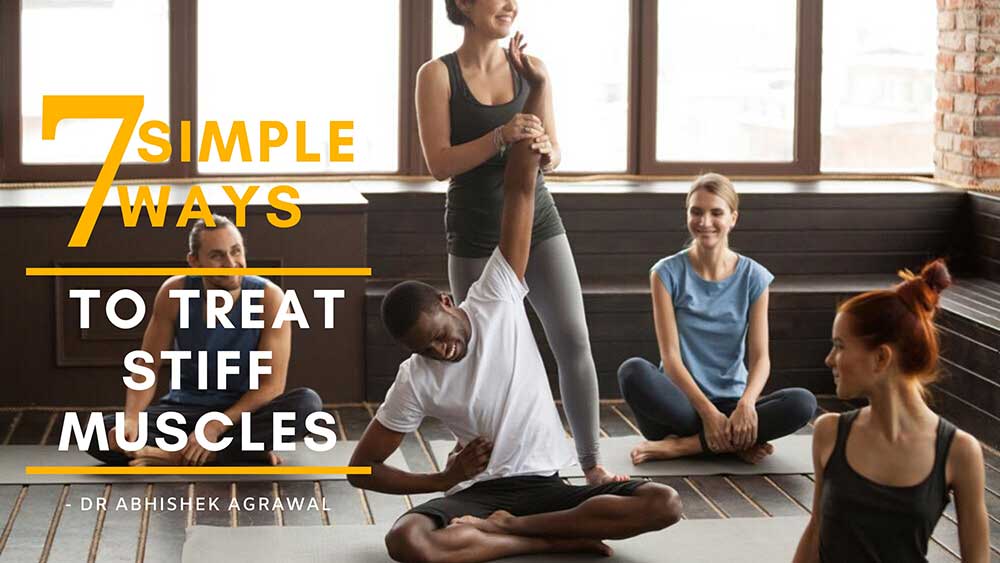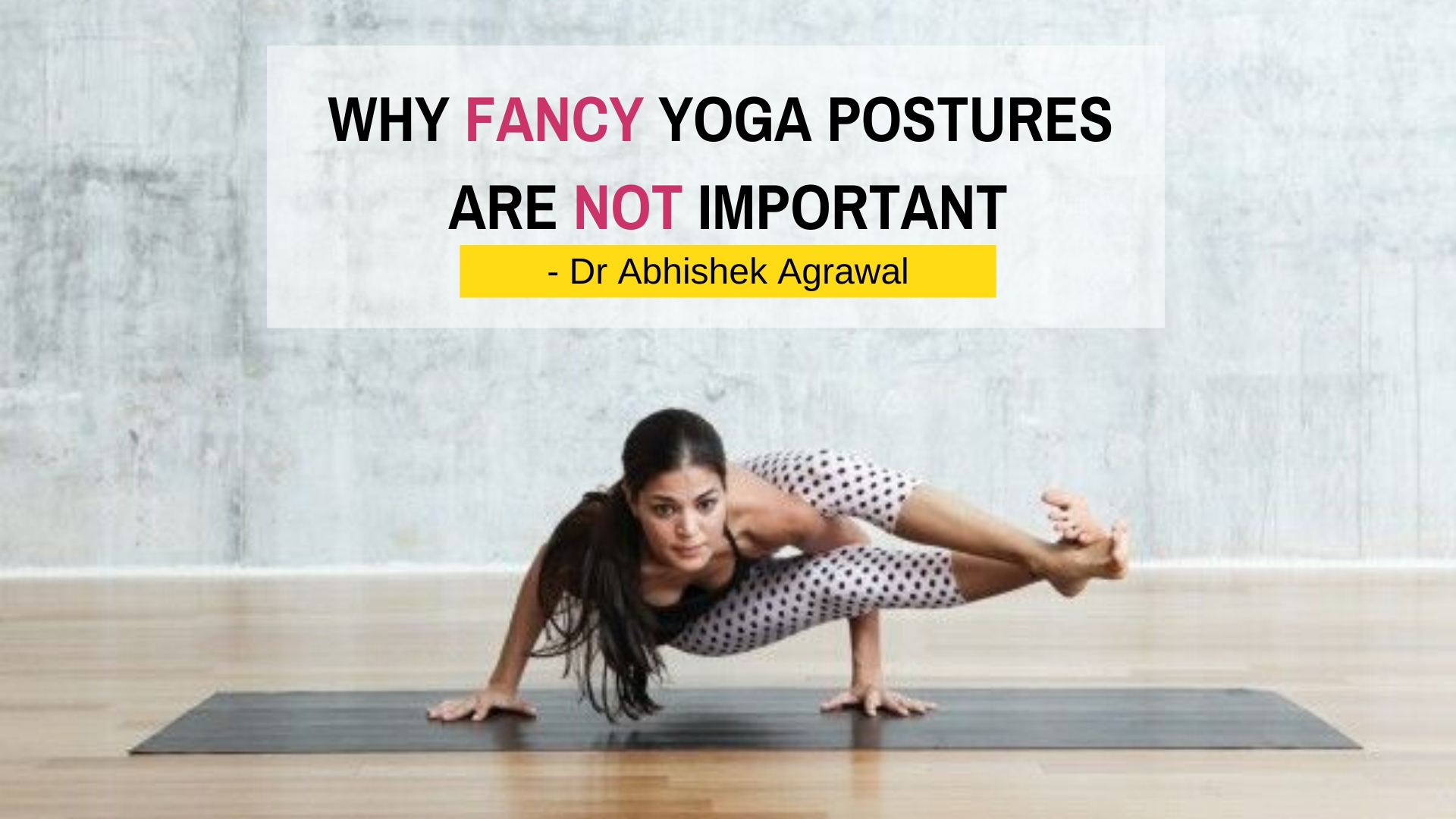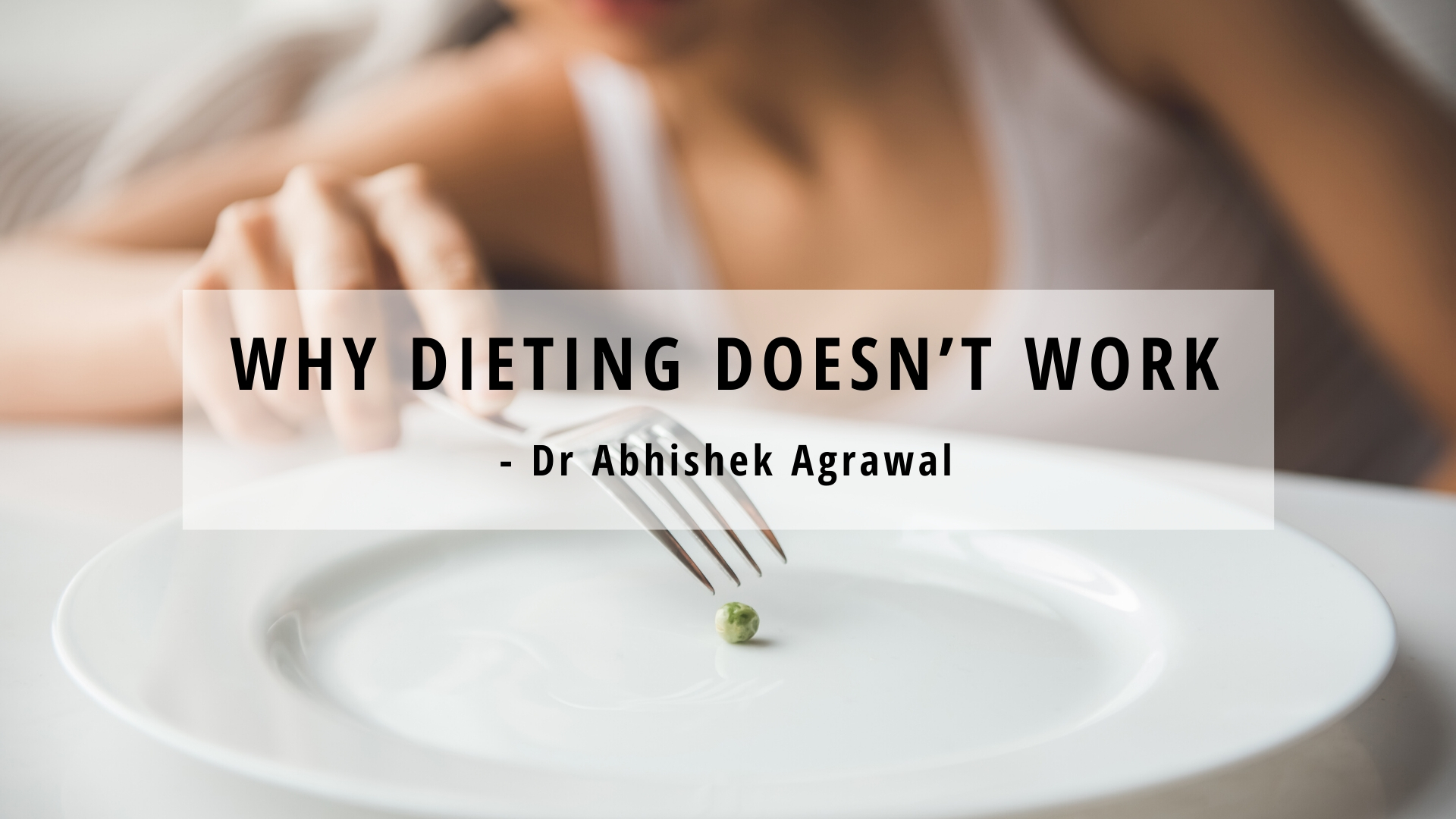The human body is amazing and it never ceases to amaze – with the ability to learn new techniques and adapt over time in order to survive – however, there is one thing that it gradually ceases to do: be flexible.
A human fetus (unborn baby developing in the mother’s womb) spends whole of its time floating and somersaulting in amniotic fluid (water that breaks before a woman goes into labor). This could explain the smooth flexibility of babies. One can often see an infant suckling their big toe or tumbling left and right in their cots and cradles. This flexibility only increases during childhood when they get the hang of their bodily functions. The newly acquired skills of walking, running and jumping add to the mayhem as kids are seen playing everywhere. However, this privilege starts to decline as they get older.
The first slump in a kid’s flexibility is during their teenage years or adolescence. In this age, kids are having a rage in hormones and a lot of bones and joints are reaching ossification (bones become rigid and strong). The second slump occurs in their twenties – when they have reached their prime and are now regressing slowly to a degenerative phase of their life.
The question is : why does this happen? Why don’t we remain as flexible as when we are born? What factors affect this change?
1. Connective Tissues
Growth is a natural process. It happens to everyone. It is inevitable. No elixir in the world can prevent it from happening. We grow taller and more mature. We grow smarter and acquire new skills. Different organs and systems in our body contribute in growth. To the naked eye, it would appear that only our bones and muscles are getting bigger and longer. In reality, our entire body is made up of congregations of cells. Connective tissue is one of the most abundant kind of tissue present in the body. It holds various structures and fluids in place.
As we grow, our connective tissues also adapt to the surrounding conditions, environmental stress and genetic predisposition. The cells grow bigger and multiply into various progenies (families) until they can do no more. Their lifespan is spent and waste products accumulate as a result of it. Common among these inclusions (substances that are found suspended in cells) are lipids and pigments, eg lipofuschin, which is a fatty brown pigment. [1]
The impact of these wastes makes cells acquire a stiffer arrangement. Not only the vasculature (blood vessels like arteries, veins and capillaries that carry blood) or airways, tissues also have great trouble getting sufficient oxygen and nutrients. Thus, they end up getting stiff. This change, however, is not sudden.
2. Joint Structure Formation
When we are born, we are very small and flexible This is because majority of the structures in our body have not undergone complete development. The bones have not been completely fused and hasn’t acquired complete length either.
Aging leads to ossification (becoming rigid) of bones and development of joints. As these elements fix, our body loses flexibility. It has also been observed in cases of immense stress that our muscles tend to become taut. Acute or chronic stress can directly injure muscle tissue by increasing damage by reactive oxygen species (ROS) and a greater rate of accumulations in the cells This cell damage leads to apoptosis (cell death) of muscle cells, and thus, contributing to increased rigidity and decreased mobility. [2]
3. Bone and Muscle Hardening
It is apparent that the body undergoes various changes with time. Our bones are initially soft and our movements more swift. However, it is our habits that shape how our body transforms. For example, how pelvic joint fuses and bones of the body become harder as we get involved in various day to day activities. Whether we are active or sedentary also determines the fate of our flexibility. The more active someone is, the more likely he or she is to be swift in their movements. It has also been noted that activities like stretching directly contributes to ease in mobility, whereas weight training and heavy duty activities decrease it.
But it is essential to note that activities are performed during a certain time frame. It is the long-term position of our body that ultimately determines our state. Just like prolonged collision with a water stream can form rivers or even crack open rocks, repetitive movements – or lack thereof – can leave lasting effects. Good posture is key.
Everyone must have heard phrases like “don’t make that face or it will stick that way” in their childhood. Well, there is some truth in it. How you stand or sit affects the alignment of your body. If you continuously cock your head forward near a screen or perhaps bend your neck to get a closer view of your phone every other minute, you might see a hump forming in some time. This is the effect of posture.
Other than the position we maintain while we’re wide awake, our sleeping positions also matter. On average, we sleep 6 to 8 hours a day, and some even 9 or 10 hours. The posture we maintain during this time can affect the mobility of our joints and the tautness of our muscles and fasciae (the connective tissue sleeves that cover muscles and associated structures in place, fitting like a glove).
4. Race
It is undeniable that our genetic makeup plays a major role in determining our adaptation in every aspect of life. Whether it is contributing to our intelligence or our physical characteristics. It has been observed that most Asians with have soft connective tissues as compared to the people of the West. [3]
5. Use It or Lose It
There is a simple theory called “use it or lose it”. According to this, if you keep on using your joints and performing everyday activities, you will remain able to move swiftly. It is seen that kids move around a lot and thus are immensely flexible but as they start to age, pain and inflammation, and a sedentary lifestyle prevents them from practicing and exercising their joints at the rate they used to. This leads to a disuse atrophy and joints become hypoflexible (less flexible). [4]
Thus, it can be summed up that healthy lifestyle modifications early on in life can contribute to a healthier and easier adulthood, with lesser obstacles in movement. Eating healthy foods, regularly exercising, and good posture can set you up for a flexible life.
References
[1] https://www.ncbi.nlm.nih.gov/pmc/articles/PMC2147307/
[2] https://www.apa.org/helpcenter/stress-body
[3] https://academic.oup.com/rheumatology/article-abstract/26/1/9/1781943?redirectedFrom=fulltext


















